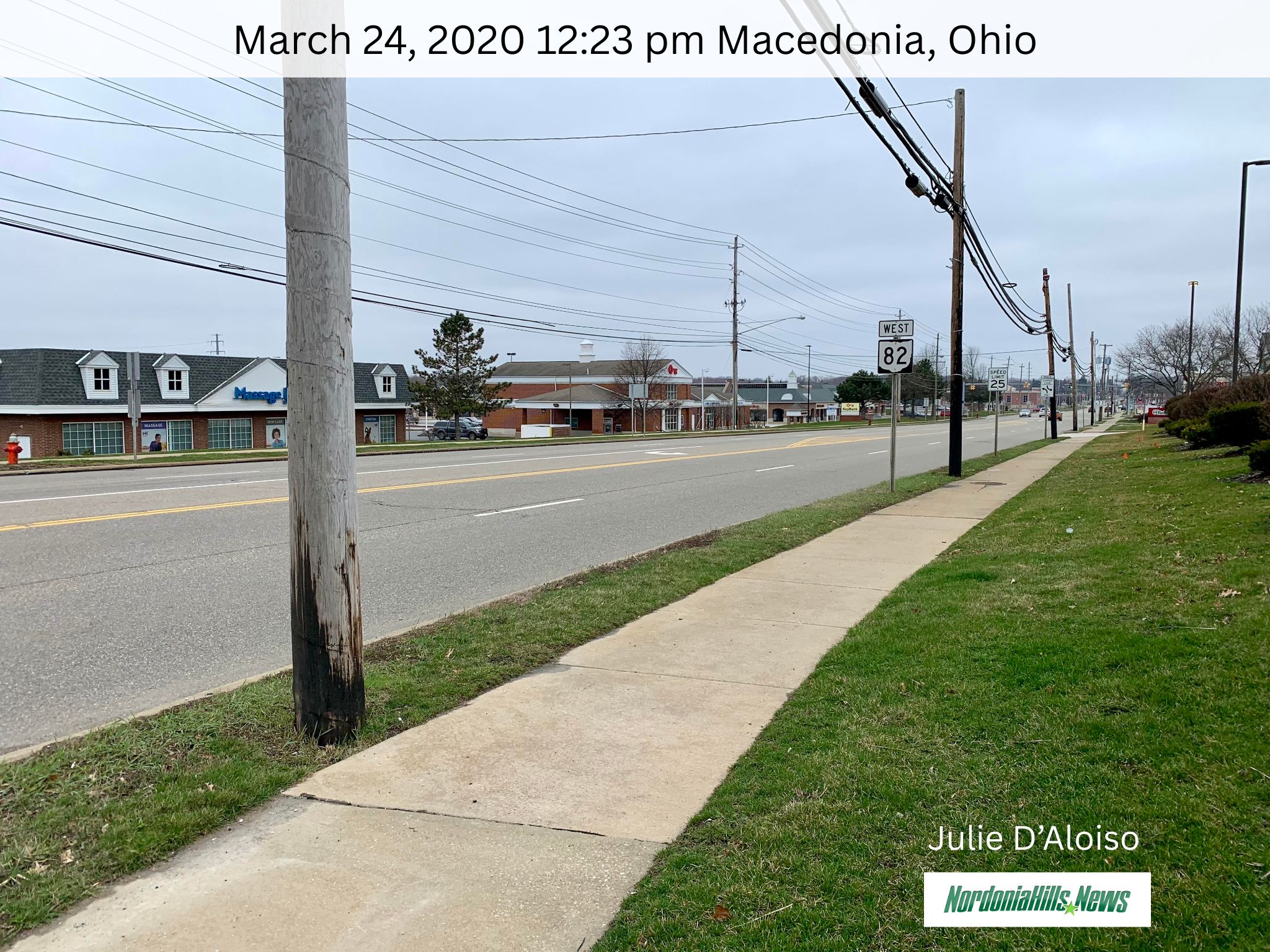Anti-Lockdown Protests Mark Turning Point in Ohio’s COVID-19 Response
COLUMBUS — Five years ago today, on April 18, 2020, hundreds of Ohioans converged on the Statehouse in Columbus to protest against COVID-19 restrictions, marking a significant moment in the state’s pandemic response that would foreshadow growing tensions between public health measures and concerns about personal liberty.
The historic demonstration featured a combination of protesters on foot and in vehicles, with cars and trucks circling the Statehouse while honking horns. Demonstrators lined High Street for approximately 90 minutes, carrying signs with messages critical of the state’s response to the coronavirus outbreak.
“Looking back, the April 18 protest represented a pivotal moment when public sentiment began shifting,” says Dr. Eleanor Simmons, Professor of Political Science at Ohio State University. “It was one of the first major public displays of resistance to pandemic restrictions in the state, reflecting deepening divisions over how to balance public health with economic and personal freedoms.”
The demonstration represented a significant escalation from earlier protests that had begun on April 9 with approximately 75 people and grown to between 200-300 participants by April 13. The April 18 gathering attracted the largest crowd yet, with protesters expressing a range of concerns that would become familiar refrains throughout the pandemic.
Historical photographs and news accounts show signs that opposed business closures, stay-at-home orders, and what protesters described as government overreach. Contemporary reports noted concerns about the postponement of Ohio’s primary elections and economic restrictions that many believed were causing unnecessary hardship.
“The protest brought together diverse groups with different motivations,” explains Dr. Michael Anderson, curator of the Ohio Pandemic Response Archive. “While some were primarily concerned with economic impacts, others framed their opposition in terms of constitutional rights or questioned the severity of the virus itself. This coalition of interests would continue to shape pandemic politics for years to come.”
Then-Governor Mike DeWine had previously stated he would not interfere with demonstrations provided participants adhered to social distancing guidelines. Archived photographs from the event show mixed compliance with these measures, though many protesters remained in their vehicles throughout the demonstration.
At the time, DeWine’s stay-at-home order was set to remain in place until May 1, imposing significant restrictions on daily life in Ohio, including limiting the number of customers allowed inside businesses deemed essential. The April 18 protest coincided with several Republican lawmakers beginning to publicly call for the governor to consider removing restrictions.
Official records show that as of April 18, 2020, Ohio health officials had reported more than 7,700 confirmed COVID-19 cases and at least 362 deaths attributed to the disease. These numbers represented a significant public health concern, though some protesters argued the economic impact of the shutdown would ultimately cause more harm than the virus itself.
“The April 18 protest occurred at a critical juncture in pandemic response,” notes Dr. Rebecca Chen, health policy researcher at Case Western Reserve University. “At that point, officials were still learning about the virus, while simultaneously trying to address growing economic concerns. The protest highlighted the difficult balance between protecting public health and maintaining economic stability.”
In the weeks that followed, similar demonstrations would spread across the country, with protests in Michigan, Kentucky, Minnesota, North Carolina, and other states. Historians now view these April 2020 protests as early indicators of the politicization of pandemic response measures that would characterize much of the nation’s COVID-19 experience.
Five years later, the legacy of these protests continues to influence discussions about government authority during public health emergencies. Ohio’s legislature has since passed several measures limiting executive emergency powers, and public health officials have incorporated lessons about communication and community engagement into current preparedness planning.
The April 18, 2020, protest stands as a significant moment in Ohio’s pandemic history—a visible manifestation of tensions that would shape the state’s COVID-19 response and recovery in the years that followed.
Discover more from Northeast Ohio News
Subscribe to get the latest posts sent to your email.











